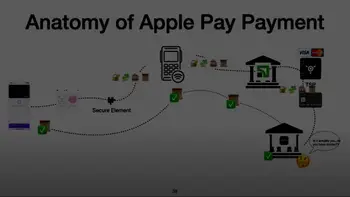A flexible multitenant architecture is essential for serving multiple clients in today’s applications. Hibernate has offered Multitenancy functionality for a while now, seamlessly integrating with Spring. However, practical guidance on its implementation has been relatively scarce.
Imagine this scenario: You’re developing an application intended to service multiple companies.Ensuring the complete isolation of each company’s data is of utmost importance.To achieve this objective, there are several approaches at your disposal.
The simplest, although a little cumbersome, method involves deploying your application and its database multiple times.While this idea makes sense in theory, managing such a setup becomes increasingly complex as you serve more than just a few tenants. What you’re really looking for is one application deployment that separates the data.
Hibernate offers three potential solutions for this:
- Table Partitioning: You have the option to partition your tables. In this context, partitioning entails the addition of a tenant field alongside the standard ID fields, making it a part of the primary key.
- Schema-Based Separation: Another alternative is to store data for different tenants in separate schemas, keeping the schemas otherwise identical.
- Database Per Tenant: Alternatively, you can choose to have a dedicated database for each tenant.
Furthermore, you can design more intricate strategies, such as allocating dedicated databases for larger clients, assigning schemas to medium-sized clients, and accommodating others within partitions.







